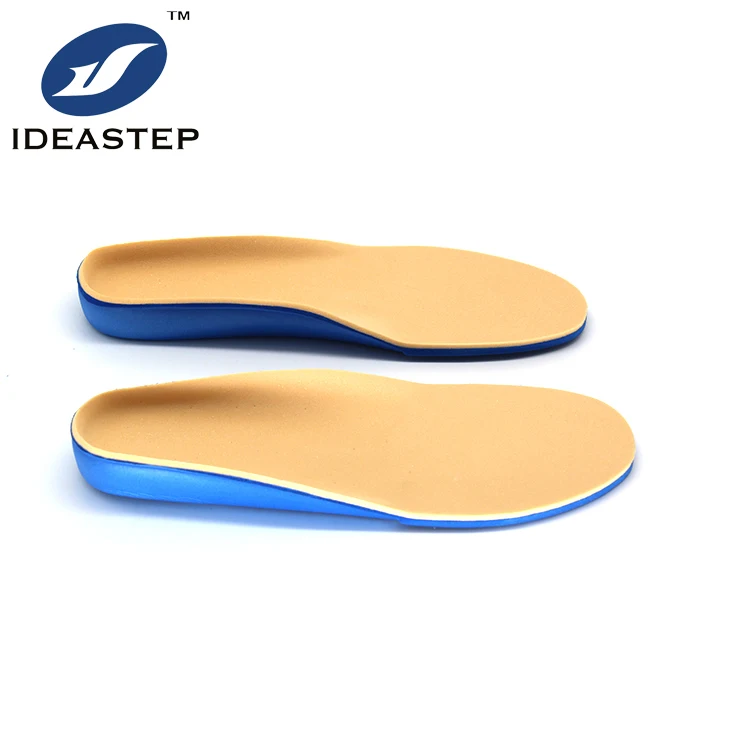1. Production process
Molded diabetic insoles use advanced manufacturing technology to ensure the accuracy and comfort of the insoles. The following is a detailed introduction to the production process:
Material selection and preparation: Select high-quality materials, such as memory foam, EVA, etc., prepare corresponding raw materials according to design requirements, and perform necessary preprocessing, such as cleaning, drying, etc.
Mold design and production: Based on ergonomic principles, design insole molds suitable for the feet of diabetic patients. The accuracy and quality of the mold are crucial to the molding effect of the final product.
Molding processing: Put the prepared material into the mold, and use heating, pressure and other processes to shape the material in the mold. During this process, temperature, pressure and time need to be precisely controlled to ensure the accuracy and stability of the insole.
Cooling and demoulding: After the insole is formed in the mold, it is cooled to solidify the material. The insole is then removed from the mold and trimmed and sanded as necessary.
Post-processing and packaging: The formed insoles are cleaned, disinfected and other post-processing to ensure the hygiene and safety of the product. Finally, it is packaged for storage and shipping.
2. Finished product process
From raw materials to final products, molded diabetic insoles go through a series of processes to ensure that their quality and performance are at their best. The following is an introduction to the finished product process:
Quality inspection: Strict quality inspection is conducted on the formed insoles, including size, shape, hardness, elasticity, etc., to ensure that they meet the design requirements.
Functional testing: Functional testing of insoles, such as support performance testing, cushioning performance testing, etc., to ensure that they can meet the actual needs of diabetic patients.
Comfort evaluation: Invite diabetic patients to try on the shoes and evaluate the comfort, fit and other indicators of the insoles in order to continuously optimize product design.
Packaging and labeling: Pack qualified insoles and attach detailed product identification and instructions for use so that patients can use and maintain the insoles correctly.
3. Product advantages
Molded diabetic insoles have the following significant advantages over traditional insoles:
High precision: The mold molding process is used to ensure that the shape and size of the insole perfectly matches the patient’s foot, providing personalized support and comfort.
Strong support performance: Made of high-quality materials, it has excellent support performance and cushioning effect, and can effectively reduce the pain and discomfort of diabetic patients’ feet.
Comfortable to wear: The insole is designed to fit the curve of the foot, is soft and breathable, and is comfortable to wear without stuffing the feet, helping to improve the patient’s quality of life.
Good durability: Made of high-quality materials and subjected to strict processing, the insoles have a long service life and can provide patients with stable support and cushioning effects for a long time.
In summary, molded diabetic insoles have become an ideal choice for diabetic patients due to their high precision, strong support performance, comfortable wearing and good durability. During use, patients should correctly use and maintain the insoles according to the product instructions to ensure their best use.

